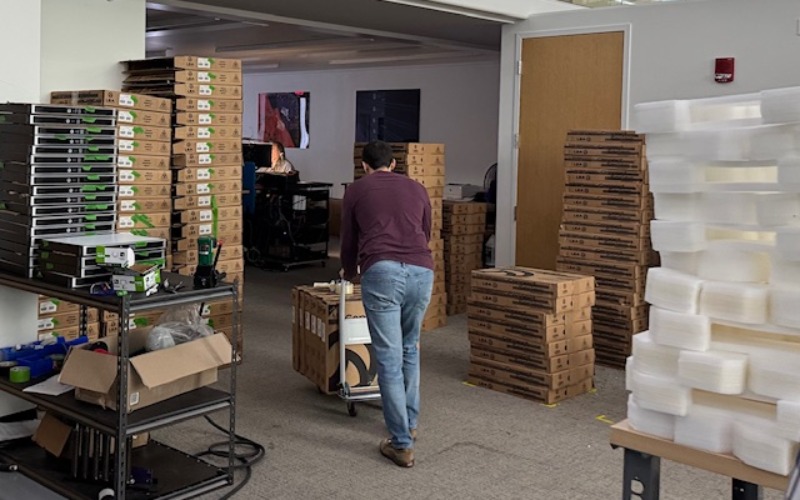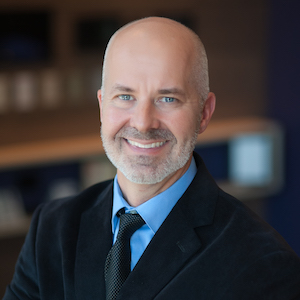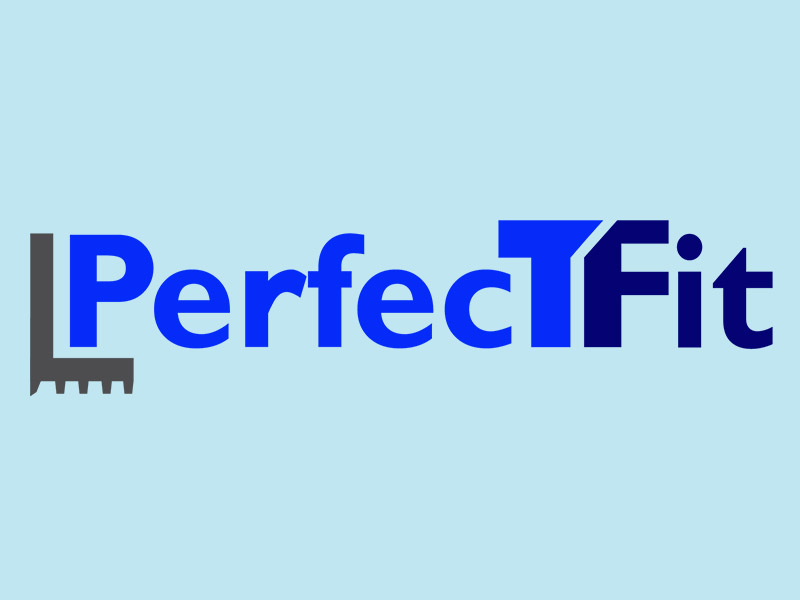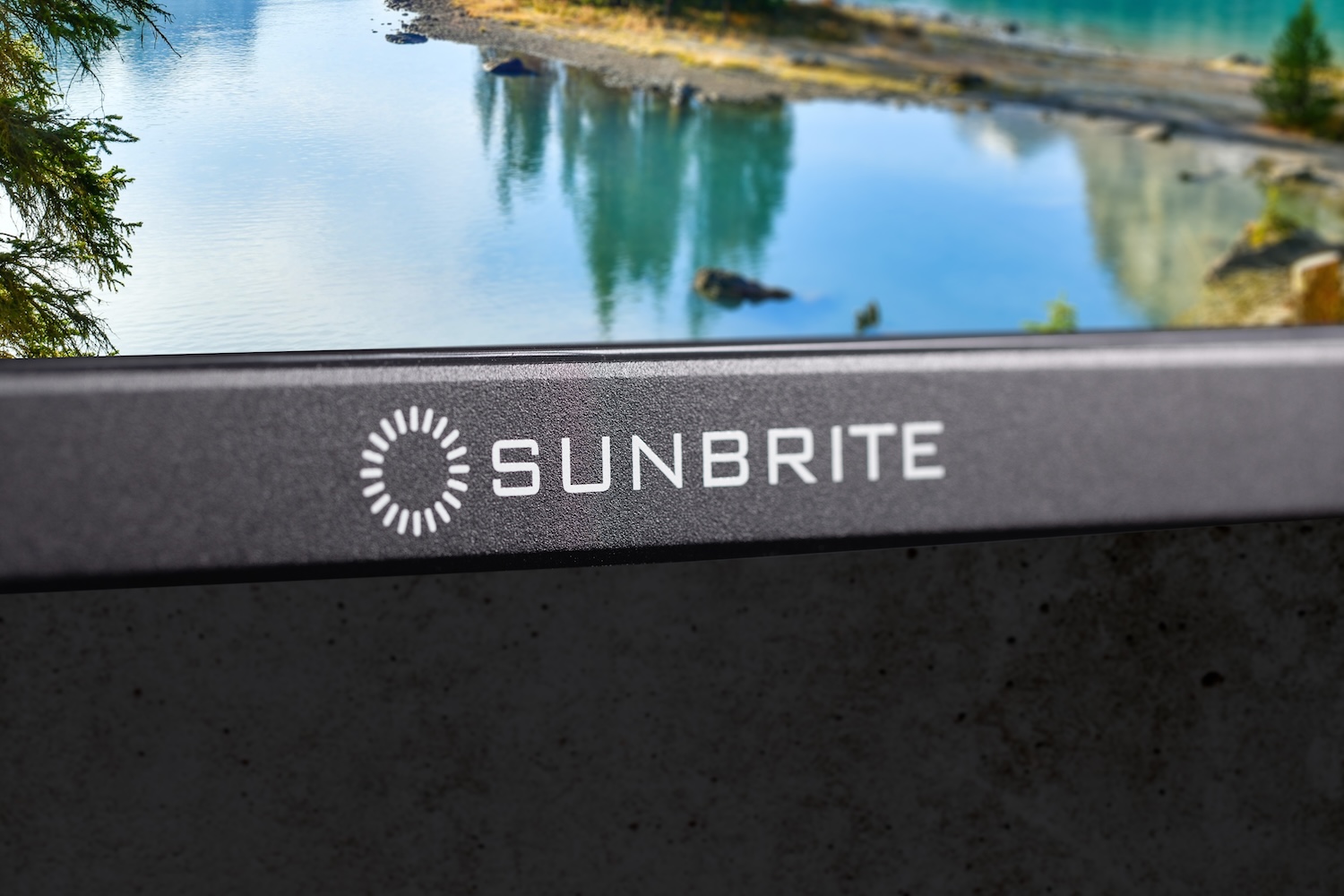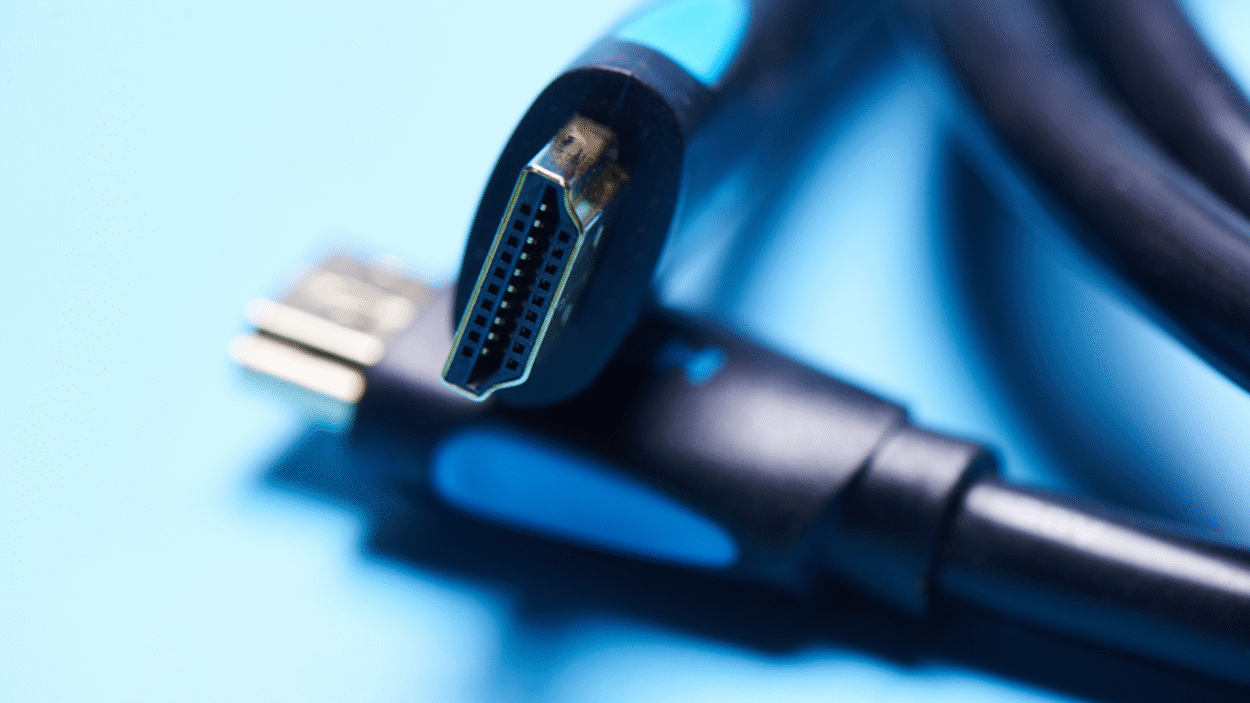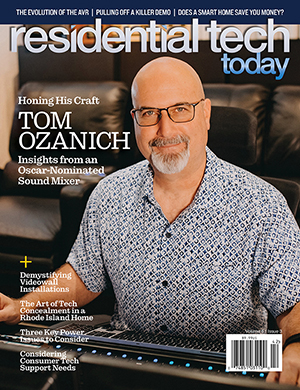LEA Professional is not yet a household name in the custom home integration channel, but recent initiatives by the South Bend, IN-based power amplifier manufacturer to grow beyond its well-established commercial AV industry roots could be changing that.
Founded by veteran commercial audio manufacturing executive Blake Augsburger in 2019, LEA Professional initially targeted that side of business. Since that time, the company’s core business initiatives have focused on merging IoT technology with pro audio amplifiers while delivering “Amazon-like transactional experiences” for dealers and customers.
Designing and manufacturing “industry-changing technology” is a core tenant of the brand, but so is providing fast online transactions, instant order confirmation and tracking, 24-hour access to view and manage order and account information that can help integrators create monthly recurring revenue models with their customers.
LEA Professional’s corporate headquarters is located in the converted Studebaker factory made nationally famous by former South Bend mayor, and U.S. transportation secretary Pete Buttigieg. During a November 2024 tour of that facility, VP of marketing Brian Pickowitz offered insights into the company’s keen focus on engineering, product reliability acumen, and customer service mandates, as well as has the brand has been expanding into the custom home integration channel by adding residential audio brands to its growing list of speaker tunings, control system APIs, and more.
A recent Control4 certification represents a noteworthy leap in LEA Professional’s increased presence in the affluent residential sector and the interconnected home ecosystem. With it, residential dealers and integrators can confidently designate LEA Professional amplifiers as part of a comprehensive Control4 distributed audio system. The new drivers in the Control4 system can automatically detect all LEA Professional amps.
An integrator can then drag and drop the discovered amps into the system design, assign each output to specific rooms, and establish audio paths from any audio device within the system to the amps. Once the setup is completed, the controls for the end user (such as volume, mute, or source selection) will appear on the controllers with user-friendly names. For instance, they can name their primary finished basement space “Basement Bar” and have controls for selecting sources like Spotify, DIRECTV, and more.
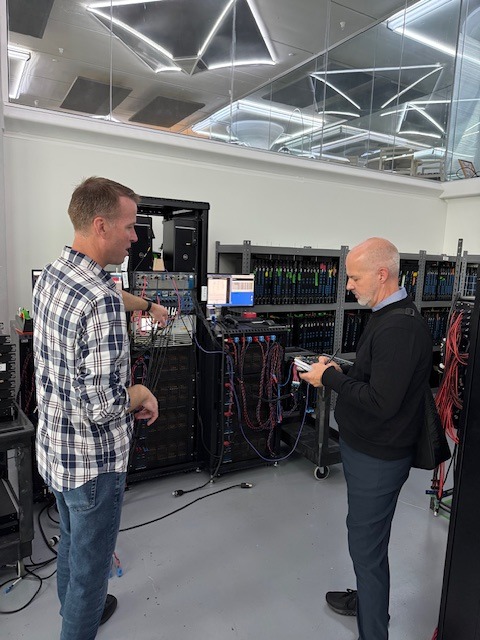
This certification enables more dealers and integrators to tap into LEA Professional’s expansive technology catalog, which features advancements in intelligent IT solutions, DSP, and smart power management.
The company’s flagship product line is the LEA Connect Series, which is comprised of network-connected amplifiers with balanced analog inputs and Dante models that integrate software-controlled digital transport via Dante 4 AES 67. The Connect Series’ 1U design requires 50 percent less rack space than most of other amplifiers on the market, and the amps are easily stackable and include rotatable rack ears allowing for installation in a number of different orientations. Buttons and knobs on the LEA Connect Series have been intentionally moved to the rear of the design to prevent tampering, and the power button has been designed to be removable for ultimate protection and control.
The Connect Series was designed to be high efficient and thermally enhanced with Class D digital amplification and a universal switch-mode power supply with power factor correction. The amplifier channels are configurable for low Z or high Z per output and include proprietary smart power bridge technology, allowing power bridging without sacrificing channel count.
LEA Professional’s amplifiers feature onboard 96kHz DSP, LEA Cloud connectivity, WebUI, real-time load monitoring, Lo-Z/70V/100V selectable by channel, Smart Power Bridge technology, event and fault monitoring, high-efficiency power design, and over 3,000 speaker tuning presets.
As proof of further legitimacy to home theater professionals, LEA Professional also has become an competitive option for professional cinema chains, buoyed by the recent addition of the 1504 model in its Cinema Digital Series. This series is designed to integrate with the Dolby Cinema Processor CP950, accepting AES67 feeds directly from the CP950 without requiring additional hardware for better connectivity and flexibility.
During the company’s headquarters tour, Pickowitz noted that LEA Professional offers a range of products from 30 watts a channel (think secondary bathroom or closet installations in a whole-house distributed audio system), all the way up to 1500 watts a channel for houses of worship and performing arts centers, and “everything in between.”
LEA’s headquarters is home to the company’s executive team, tech support personnel, and engineering staff (several are grads or interns from Purdue, the state-funded university renowned for its engineering department), and the University of Notre Dame campus is practically around corner, for good measure. Although the company’s amps are actually manufactured in Costa Rica, every unit eventually makes its way through the headquarters building for quality control testing and then is warehoused nearby before shipping to customers around the world.
“We designed all of our own test systems, so we have control of quality from design, manufacturing, and the testing itself, which verifies the specifications of each product,” Pickowitz said. “We have three main test systems that all of our products go through both from a qualifications standpoint as they’re developing product and more importantly from a manufacturing standpoint.”
The company’s custom-designed ATS (Audio Test System) is an automated process where a finished amplifier is run through various scenarios and issued a pass/fail report. If it fails, it tells the operator what specifically failed, and the unit is fixed and retested before shipping out.
“From a manufacturing standpoint, it’s really useful,” Pickowitz noted. “You can pinpoint failures almost as specific as a part that might not have been soldered or connected properly.”
In total, there are seven custom-designed testing machines spread between the company’s contract manufacturer and their headquarters facility. In addition to the ATS test, there are machines for testing at the board level (the Manufacturing Functional Test – MFT), as well as a burn-in process designed to monitor voltage, temperature, and AC line emissions of a unit before it’s boxed up and shipped out. Testing is particularly useful after a firmware update is issued for a new feature.
“Not only do you need to verify the new feature set of the firmware update, but you need to make sure you didn’t break anything trying to implement it,” Pickowitz said. “We’re very cognizant that what we’re shipping out is the very best it possibly can be.”
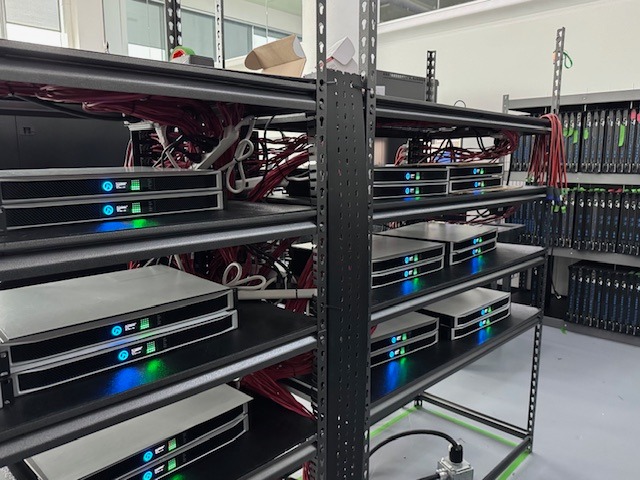
At the center of LEA’s headquarters is an experience center, opened in May 2024, offering an immersive environment to explore and experience the performance and versatility of Connect Series amplifiers. The company installed Sonance Invisible Series, which blend into the drywall, as the room’s only loudspeakers to keep the conversation during demos focused on the overall audio experience rather than on what other brands and product categories are being represented. That said, Sonance was an intriguing choice of demo partner given that manufacturer’s blend of residential and commercial offerings as was the Control4 system running the room, as LEA moves toward a more blended focus on both channels. In fact, the company is very inclusive when it comes to audio brands, boasting more than 3,000 different speaker tunings.
“It’s not every single speaker… we’re continuing to add to it… but we have a very wide breadth of tunings, where you go to our website and download the speaker you’re plugging in and it automatically sets DSP settings, crossovers, parametric EQ, limiters so you don’t blow them up,” Pickowitz said.
The company’s control system partnerships are expanding as well with more than 12 third-party APIs (Savant, Crestron Home, Atlona, Nice, among them) now available to integrators.
And as demonstrated by the stack of amplifiers featured on the sidewall of the experience center, the amps have been designed to look good, while doing the heavy lifting of amplifying audio. according to Pickowitz, company founder and CEO Blake Augsburger doesn’t want to “just make a black box with silkscreen on it,” so the lineup’s industrial design is striking for a category that most expect to be hidden away in a utility closet.
Another Augsburger mandate was that to make a sale, you must have inventory available. It’s a philosophy that was difficult in the beginning when the company was in start-up mode, but one that really paid off when Covid hit, supply chains got jammed, etc., and the company could gain market share on competitors with less (or no) inventory.
The company has made a lot of progress in its relatively short history. And while they made just be getting started in the residential market, if their track record on the commercial side is any indication, it might not take long to gain a major foothold with custom integrators, as well.



